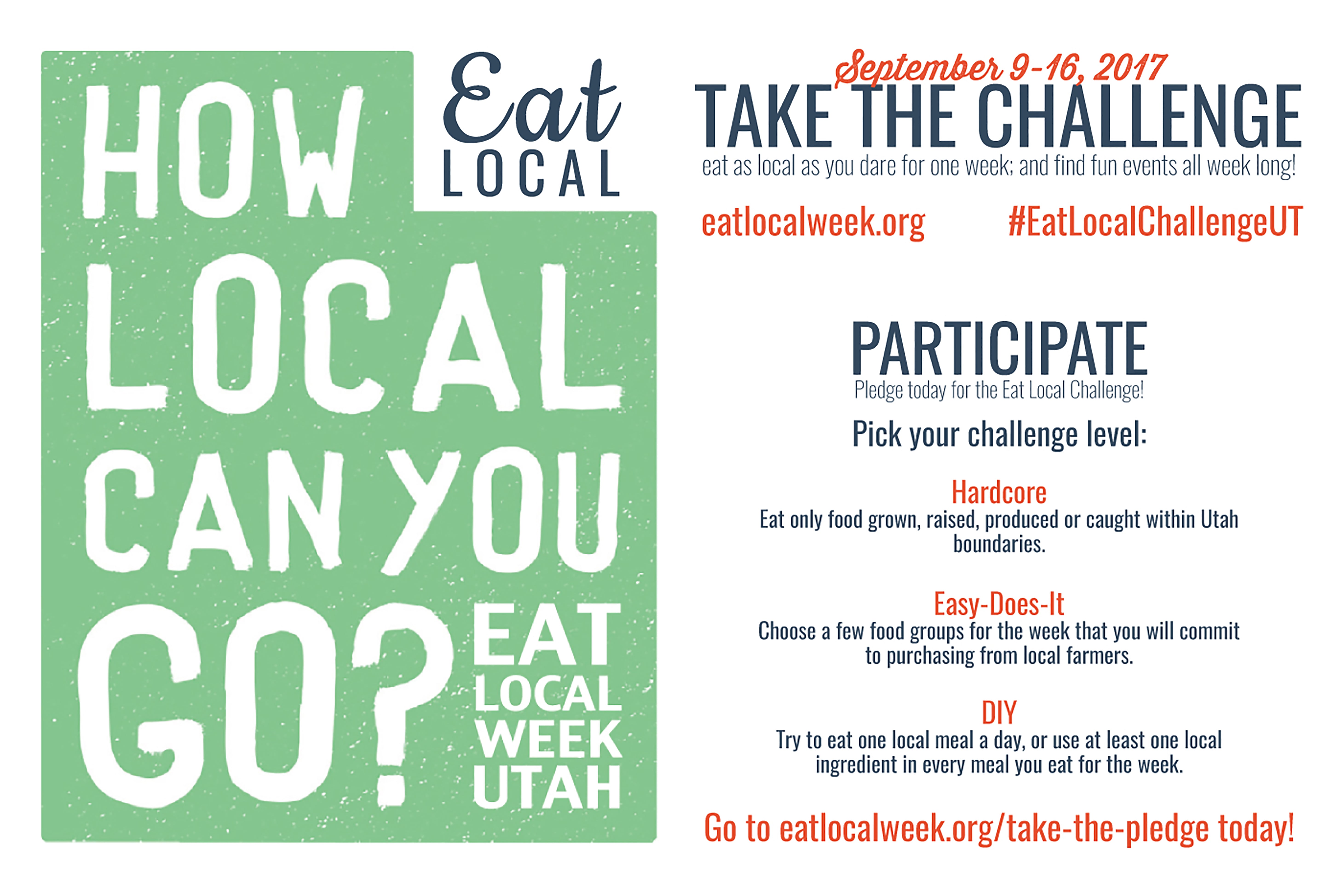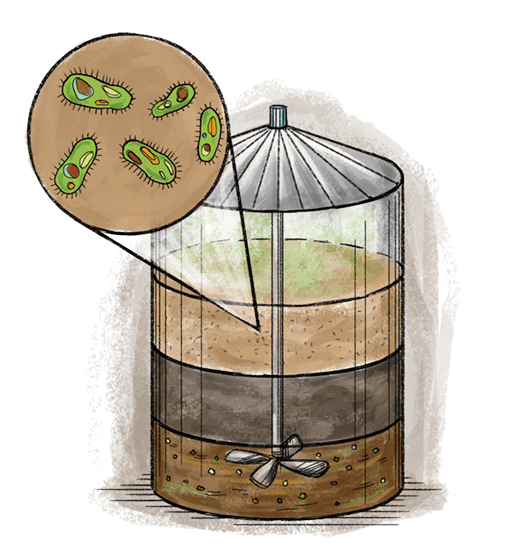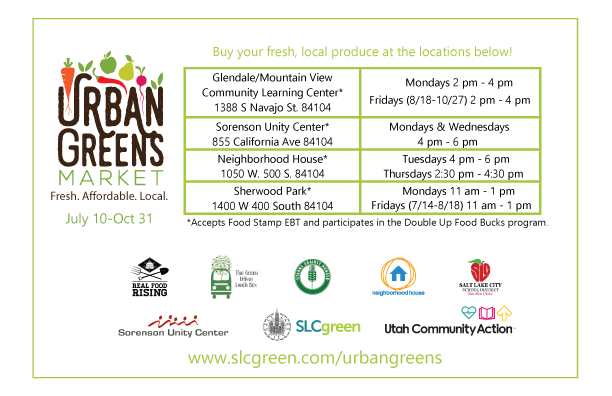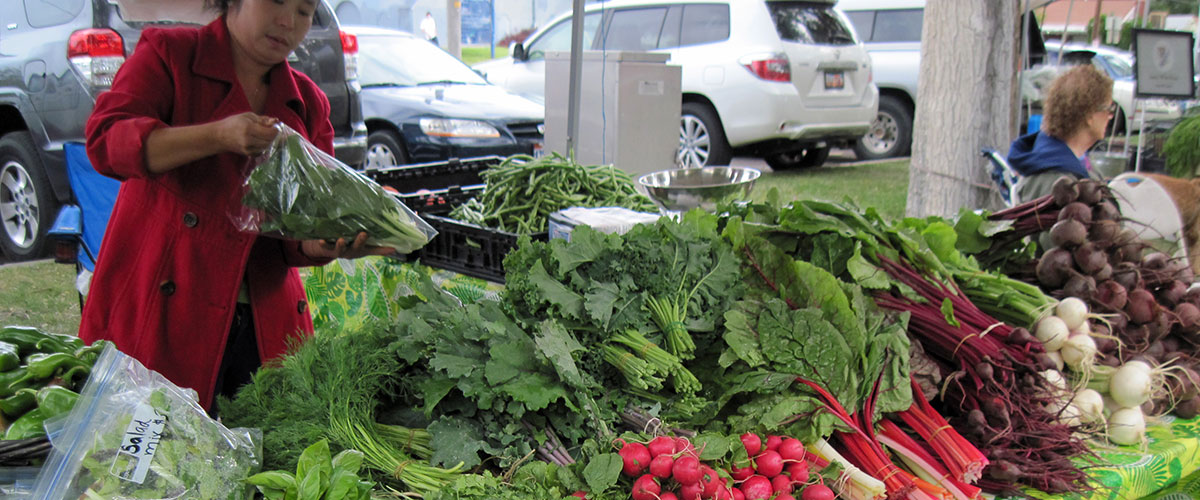This week, SLCgreen FruitShare partner The Green Urban Lunch Box and Mountain West Hard Cider are inviting volunteers to help press locally harvested apples into the second edition of The Green Urban Lunch Box Hard Cider.
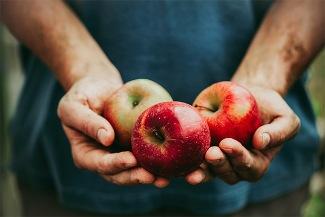
The collaboration between the local non-profit and local business began last year and was a natural solution to the problem of what to do with fruit that’s not high enough quality for eating or donating, but is perfect for juice. What a creative way to minimize food waste!
Harvesting about 9,000 pounds of fruit from 50 various locations across the Salt Lake Valley and even a bit beyond, The Green Urban Lunch Box pressed approximately 350 gallons of juice in 2016. A crew of six staff members and two faithful volunteers spent two 12-hour days pressing apples, while almost 400 volunteers put in more than 1,500 hours to pick fruit that contributed to this juice.
Continue reading


